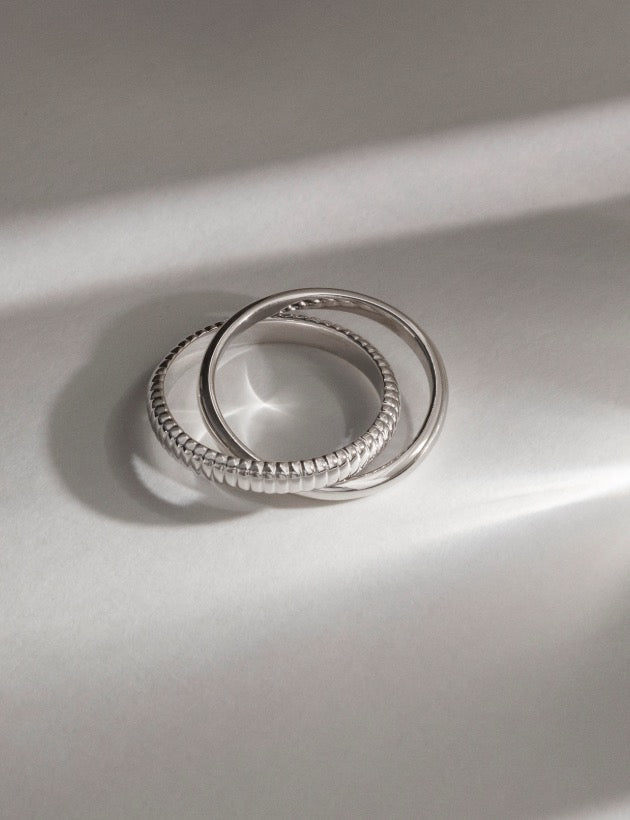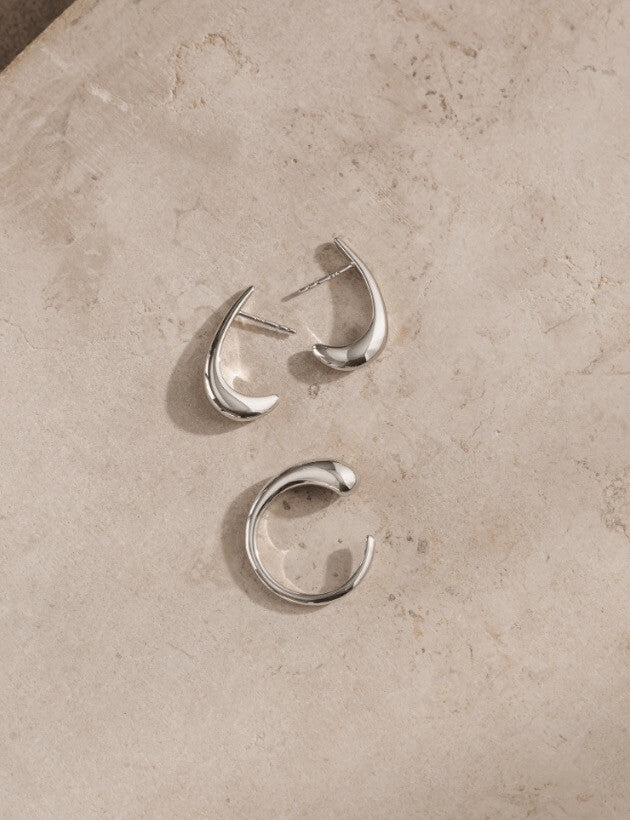Lab grown diamonds are produced in a laboratory environment that replicates the natural conditions under which mined diamonds form. These diamonds are physically, chemically, and optically identical to mined diamonds, made from pure carbon and exhibiting the same hardness, brilliance, and quality. The only true difference between the two is their origin.
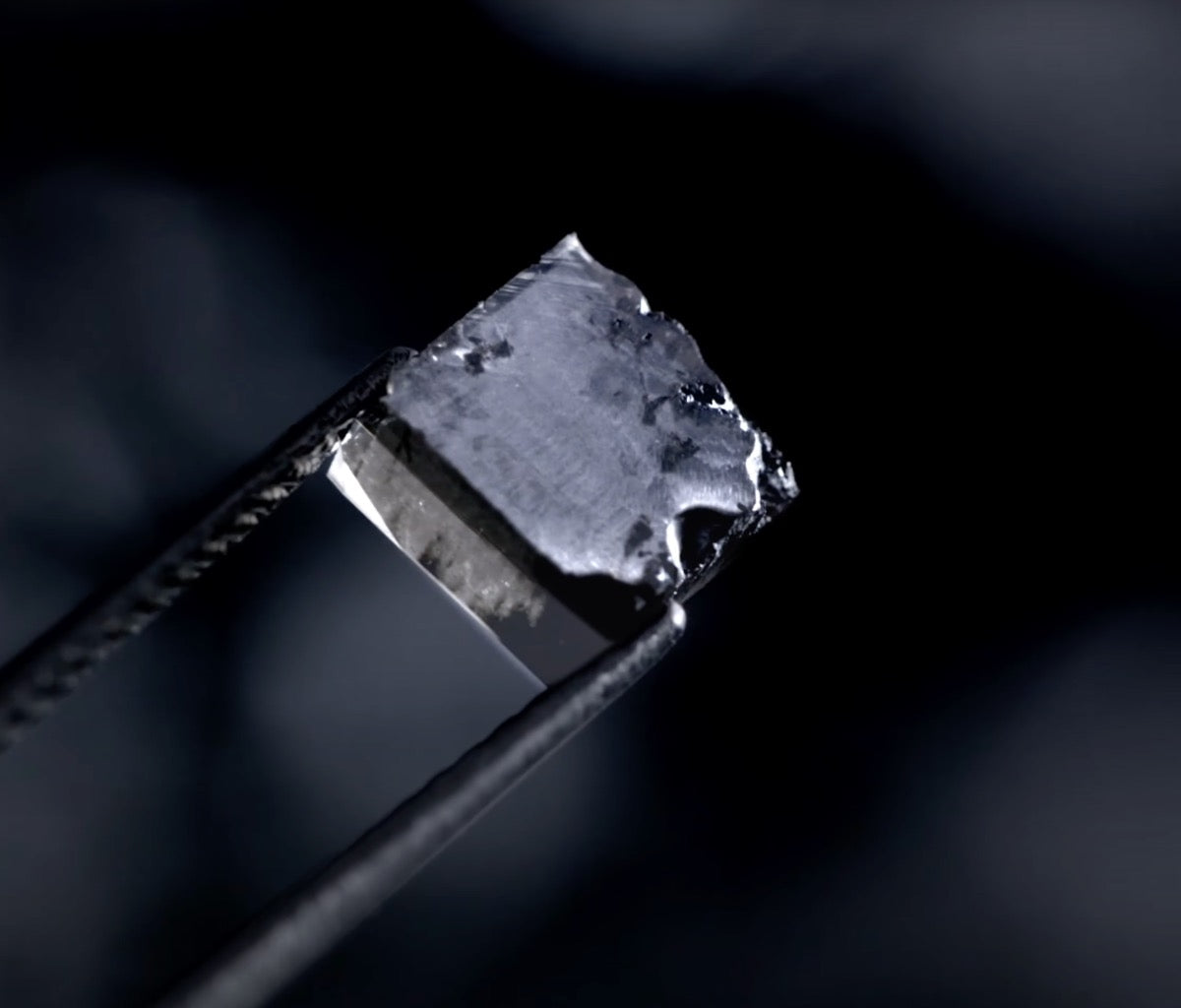
How are lab grown diamonds made?
Lab grown diamonds are chemically, physically and optically identical to their mined counterparts. The only difference is their point of origin: in the ground for a mined diamond, above the ground for a lab grown diamond. Lab grown diamonds are created on the surface using cutting-edge technology that replicates the natural growing process in a laboratory. Mined diamonds and lab grown diamonds are made from 100% carbon through the same process, the environment being the only variable that differs between the two. There are two ways to create lab-grown diamonds:
High Pressure-High Temperature (HPHT): This process involves placing a diamond seed in carbon and applying extreme heat and pressure to grow the diamond.
CVD (Chemical Vapor Deposition): This method uses a carbon-rich gas, which is broken down into plasma, allowing pure carbon to deposit onto the diamond seed, forming a new diamond.
Both methods produce diamonds that are indistinguishable from natural diamonds. With growing advancements in lab-grown technology, the competition with mined diamonds has increased, offering a more ethical and environmentally friendly alternative.
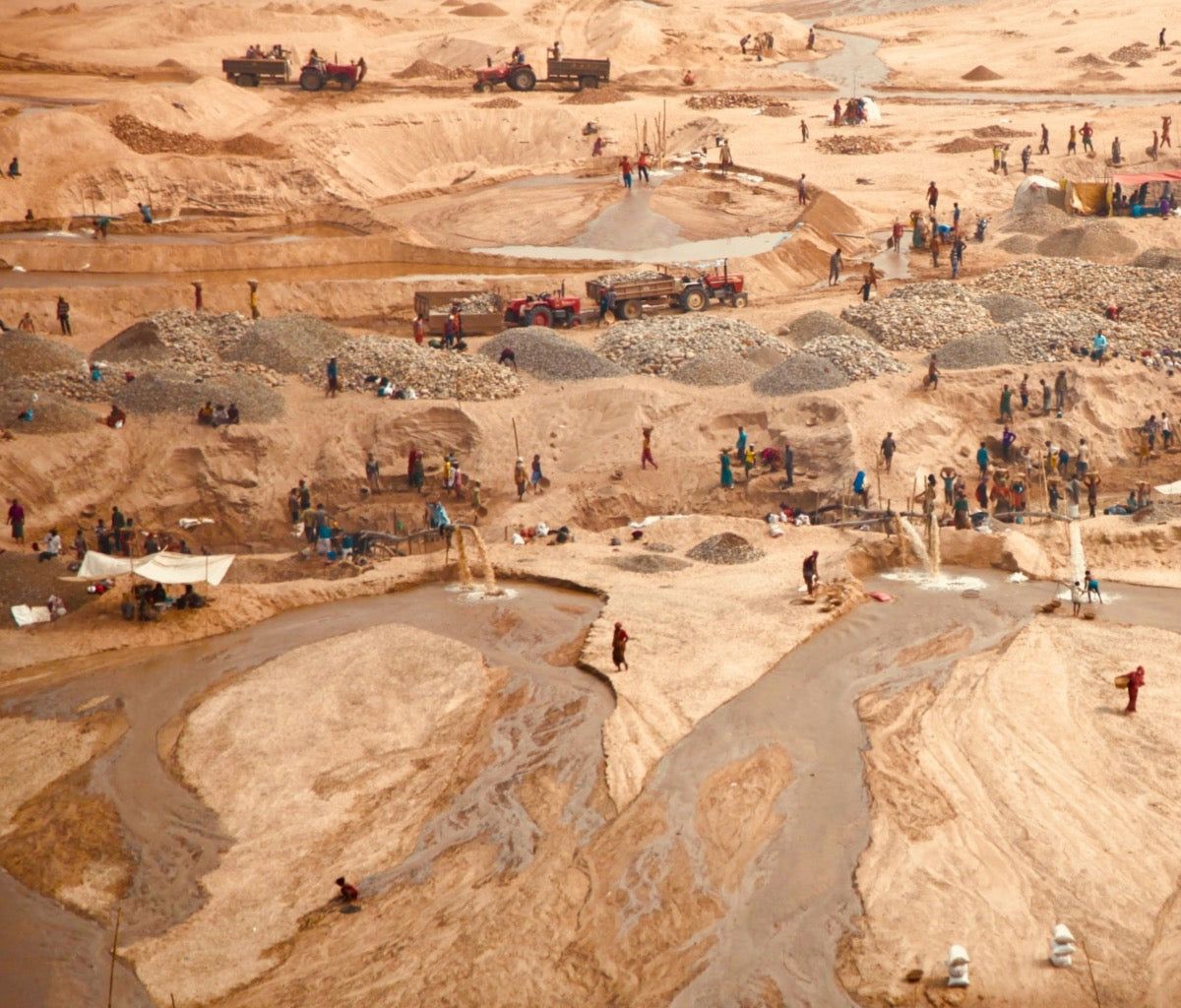
Why lab grown diamonds?
Lab grown diamonds provide transparency in an industry where ethical concerns often arise. Many mined diamonds come unethical supply chains in conflict regions with poor working conditions, low wages, and human rights violations. Mining diamonds leaves a massive environmental footprint. On average, mining companies move 250 tons of earth to find just one 1-carat diamond. This destructive process devastates ecosystems, displaces communities, and causes long-lasting harm to biodiversity.
Diamonds created in a lab make it possible to create a totally transparent supply chain that is less harmful to the environment and its surrounding communities. Lab diamonds are grown in controlled environments with fair wages and safe working conditions. Not all lab grown diamonds are created equally — ours have a clear conscience. Each of our lab grown diamonds are SCS Global certified sustainable and ethical with 100% climate-neutral production in responsible laboratories which help reduce the environmental damage caused by traditional mining practices.
Lab grown diamonds are part of a larger movement towards ethical and sustainable jewellery. While there is still room for improvement, lab grown diamonds represent a significant step in the right direction.

How do lab grown diamonds differ from mined?
Social Impact: Mined diamonds and the the traditional diamond industry has been associated with unethical practices, including child labor and violations of workers' rights. Conflict diamonds, also known as blood diamonds, are illegally mined and sold to fund militia or terrorist groups. Due to the challenges in tracing the origin of mined diamonds, it’s difficult to guarantee they are conflict-free and sustainably sourced. This lack of transparency makes it hard to find truly ethical diamonds within the traditional diamond market. Lab grown diamonds are grown in a controlled and verified environment which ensures a fully traceable point of origin and thereby a totally transparent supply.
Environmental Impact: Lab grown diamonds requires less energy and are less harmful to the environment and its surrounding communities. Mined diamonds lead to soil erosion, deforestation, and ecosystem destruction often displacing communities.
Quality: Lab grown diamonds are chemically, physically, and optically identical to mined diamonds. They are graded using the same standards (cut, color, clarity, and carat weight).
Affordability: Lab grown diamonds often cost considerably less than mined diamonds thereby offering better quality for the same or lower cost. Mined diamonds generally cost more because of the 'perceived rarity' that is controlled by a few key players in the diamond industry and mined diamond production involves more labor and resources.
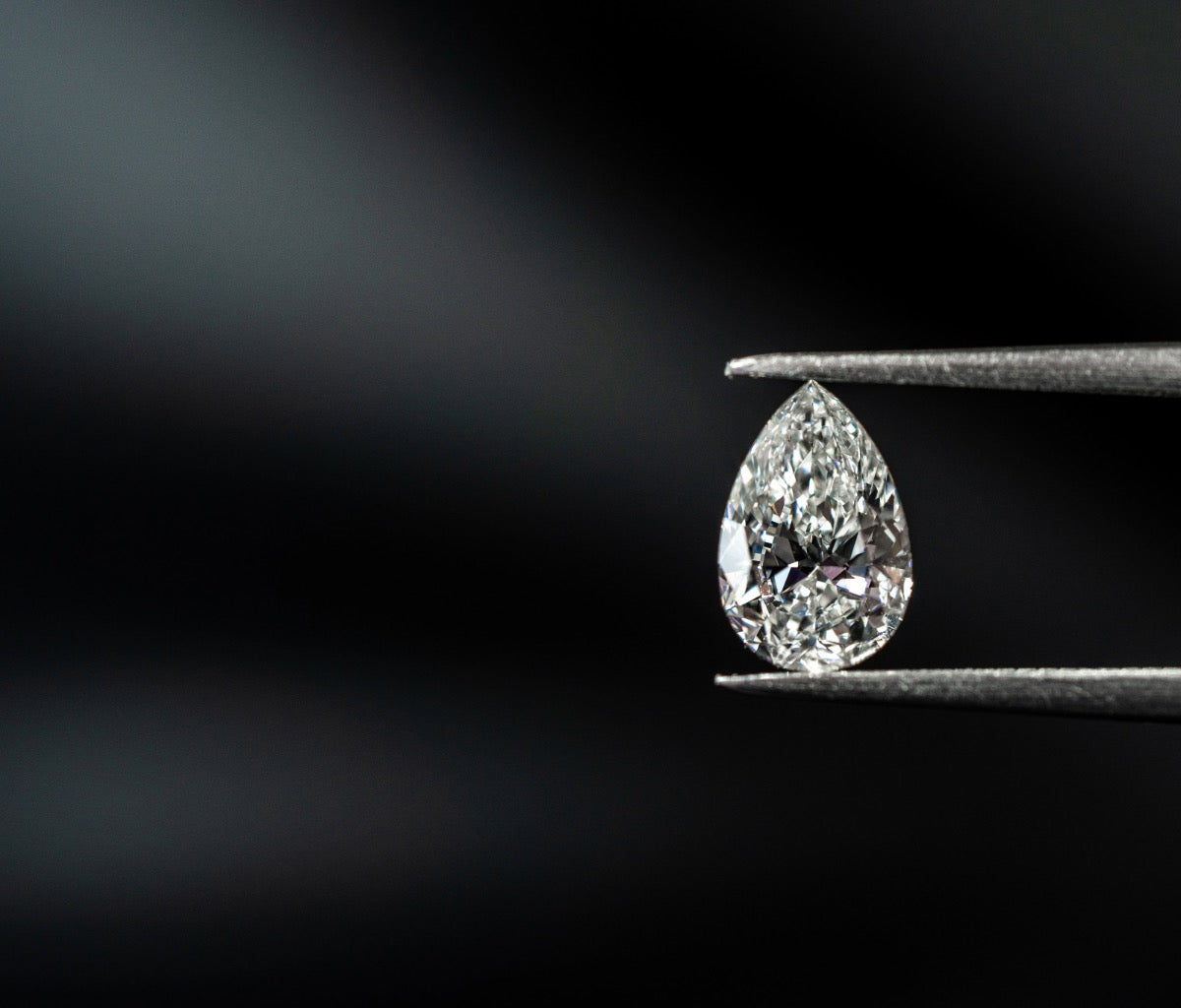
How to differentiate?
There have been numerous cases of diamond parcels getting mixed up, as not even a specialised gemologist can tell a mined and lab grown diamond apart with the naked eye or a loupe. Recently, the FTC changed its definition of a diamond by removing the word ‘natural’. Really, the only thing that makes a lab-made diamond different to mined is its origin.They are for all intents and purposes carbon copies, just with honest back-stories and less emotional baggage.
The only way to see a difference is with a special machine that has been developed to see the structure of the atoms. Because of this, GIA, HRD and IGI labs are now grading both lab-made and mined diamonds in exactly the same way.
There are always going to be questions and doubts around new ideas. That's human nature. However, the more we learn, the more we can appreciate the benefits they offer. The biggest myth is that lab-grown diamonds aren’t “real.” In fact, they are chemically and physically identical to mined diamonds, with the added benefits of being more sustainable, ethical, and affordable. Lab-grown diamonds represent a significant technological advancement that can help reduce the need for unethical mining practices while maintaining the beauty and value of diamonds.

